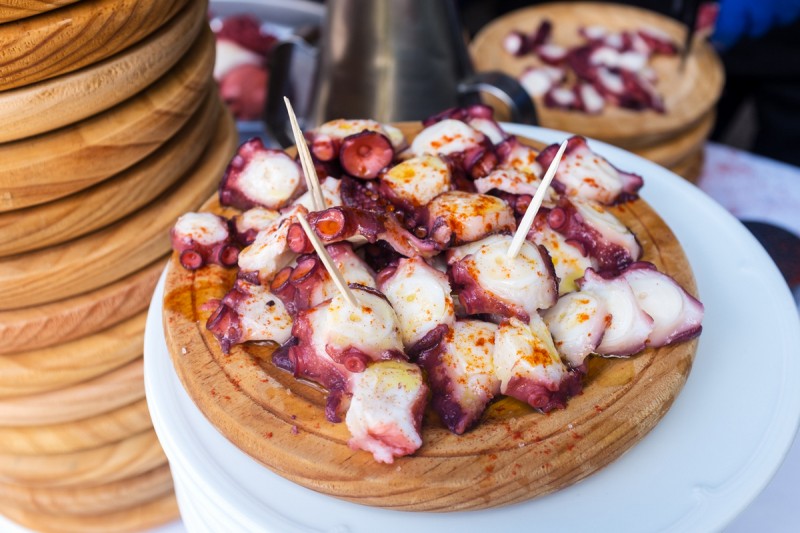- Region
- Águilas
- Alhama de Murcia
- Jumilla
- Lorca
- Los Alcázares
- Mazarrón
- San Javier
-
ALL AREAS & TOWNS
- AREAS
- SOUTH WEST
- MAR MENOR
- MURCIA CITY & CENTRAL
- NORTH & NORTH WEST
- TOWNS
- Abanilla
- Abarán
- Aguilas
- Alamillo
- Alcantarilla
- Aledo
- Alhama de Murcia
- Archena
- Balsicas
- Blanca
- Bolnuevo
- Bullas
- Cañadas del Romero
- Cabo de Palos
- Calasparra
- Camping Bolnuevo
- Campo De Ricote
- Camposol
- Canada De La Lena
- Caravaca de la Cruz
- Cartagena
- Cehegin
- Ceuti
- Cieza
- Condado de Alhama
- Corvera
- Costa Cálida
- Cuevas De Almanzora
- Cuevas de Reyllo
- El Carmoli
- El Mojon
- El Molino (Puerto Lumbreras)
- El Pareton / Cantareros
- El Raso
- El Valle Golf Resort
- Fortuna
- Fuente Alamo
- Hacienda del Alamo Golf Resort
- Hacienda Riquelme Golf Resort
- Isla Plana
- Islas Menores & Mar de Cristal
- Jumilla
- La Azohia
- La Charca
- La Manga Club
- La Manga del Mar Menor
- La Pinilla
- La Puebla
- La Torre
- La Torre Golf Resort
- La Unión
- Las Palas
- Las Ramblas
- Las Ramblas Golf
- Las Torres de Cotillas
- Leiva
- Librilla
- Lo Pagan
- Lo Santiago
- Lorca
- Lorquí
- Los Alcázares
- Los Balcones
- Los Belones
- Los Canovas
- Los Nietos
- Los Perez (Tallante)
- Los Urrutias
- Los Ventorrillos
- Mar De Cristal
- Mar Menor
- Mar Menor Golf Resort
- Mazarrón
- Mazarrón Country Club
- Molina de Segura
- Moratalla
- Mula
- Murcia City
- Murcia Property
- Pareton
- Peraleja Golf Resort
- Perin
- Pilar de la Horadada
- Pinar de Campoverde
- Pinoso
- Playa Honda
- Playa Honda / Playa Paraíso
- Pliego
- Portmán
- Pozo Estrecho
- Puerto de Mazarrón
- Puerto Lumbreras
- Puntas De Calnegre
- Region of Murcia
- Ricote
- Roda Golf Resort
- Roldan
- Roldan and Lo Ferro
- San Javier
- San Pedro del Pinatar
- Santiago de la Ribera
- Sierra Espuña
- Sucina
- Tallante
- Terrazas de la Torre Golf Resort
- Torre Pacheco
- Totana
- What's On Weekly Bulletin
- Yecla


- EDITIONS:
 Spanish News Today
Spanish News Today
 Alicante Today
Alicante Today
 Andalucia Today
Andalucia Today
Tapas to try in the Region of Murcia: octopus
Enjoy one of the most popular delicacies around the Mediterranean
Enjoying Spain’s tapas and the bar culture associated with these snacks is one of the keys to making the most of any visit to this country, be it a short holiday or a long-time lifestyle decision, and this is as true in Murcia as it is in any of Spain’s 17 regions.
Some tapas are familiar to northern European palates, but others centre around ingredients less commonly encountered in other areas of Europe and the UK, and for a variety of reasons, one of these is octopus. This is a great shame, as many natives and long-term expats have come to view octopus as one of the juiciest of delicacies to be found on bar counters all over Spain, but it is a fact that for many encountering this dish on a blackboard tapas menu their first reaction is a squeamish one.
After all, octopus is very rarely served in the UK outside of a certain style of restaurant, and the tentacles don´t exactly look appetising, in fact, viewed raw as a squishy mass of suckers and squashy white flesh many a brave man could be forgiven for selecting a plate of pork in tomato sauce as an alternative!
But something magical occurs when octopus is cooked, the squishy mass becoming firm and sweet, perfectly complementing the ingredients with which it is served and it's well worth giving it a try when visiting one of the many tapas bars or restaurants in which it can be found throughout the Murcia Region.
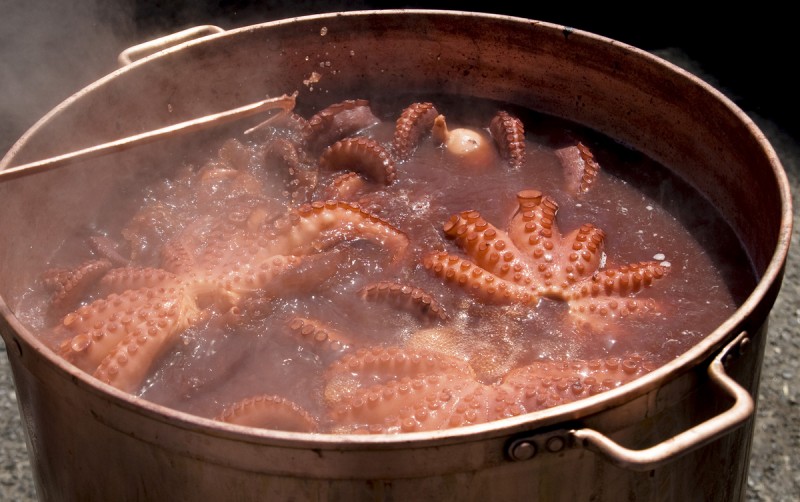
So how is it generally cooked?
Octopus served as a tapa in bars in the Region of Murcia is generally prepared in one of two ways, and each restauranteur will insist that there is only one way to prepare his or her favourite version. But there is of course no “definitive” pulpo dish, and you can be equally sure that the cooks in each bar or restaurant all have their own little touches and “secret” ingredients which they believe make their versions the best.
The two most commonly found octopus dishes are the following:
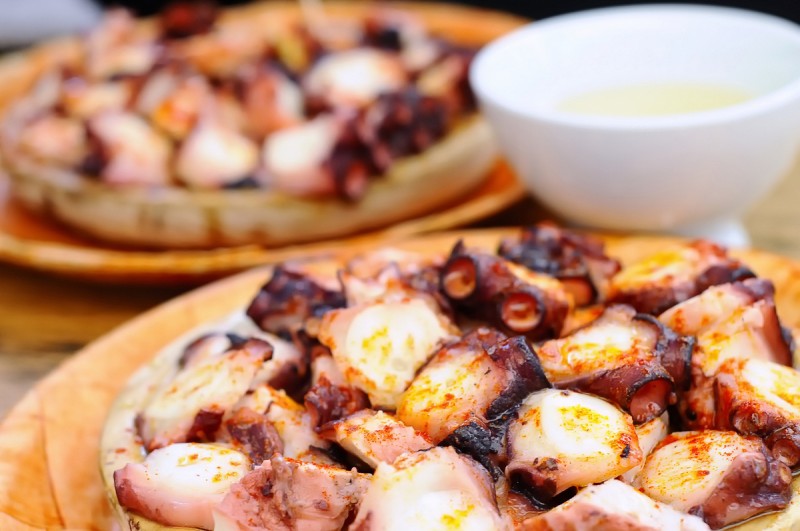
Pulpo a la gallega, or Galician octopus
The people of Galicia in the north-west of Spain know a thing or two about seafood, and in the case of the octopus which proliferate in the “rías” (or inlets) along the Atlantic coast the culinary traditions of the region have been imitated all over Spain. So popular is this dish that every year the annual octopus fair in Carballiño, in the province of Ourense, where the population is 14,000, attracts around 100,000 visitors. It is estimated that during the fair around 50 tonnes of Pulpo a la gallega are served every day.
The octopus is boiled (traditionally in a copper pan) after being thoroughly cleaned – for those intending to cook octopus themselves, fishmongers will normally offer to perform this task – and some specialists insist that the boiling must take place in three short, sharp phases (lasting only a few seconds) in order to ensure that the meat becomes soft. This dipping technique apparently helps to keep the skin of the octopus in the best possible condition during the subsequent prolonged boiling.
(The softening of the octopus is traditionally achieved in some parts of the Mediterranean by holding it by one of the tentacles and repeatedly slamming it against the floor or the rocks, although a rather less traditional and easier method is to freeze it. When it thaws the natural hardness of the meat is lessened.)
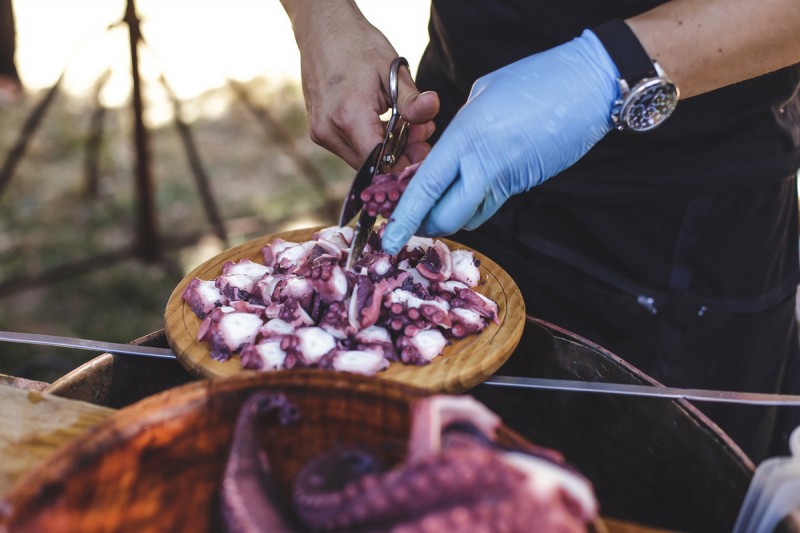
Cooking time depends on the size of the animal – anyone preparing it for the first time is advised to wait 45 minutes and then begin trying it for consistency - but once ready it should be allowed to stand and cool for 15 minutes or so, and it is then cut into slices approximately 0.5 to 1 centimetre thick. Pulpo a la gallega is then served (on a wooden platter, for traditionalists) with a generous sprinkling of paprika pepper (spicy but not smoked) and thick sea salt, and alongside boiled potatoes (which in Galicia are known as “cachelos”). This paprika gives it a recognisable red colour. In general a large helping of olive oil accompanies it, and one variation in Sanabria also includes garlic.
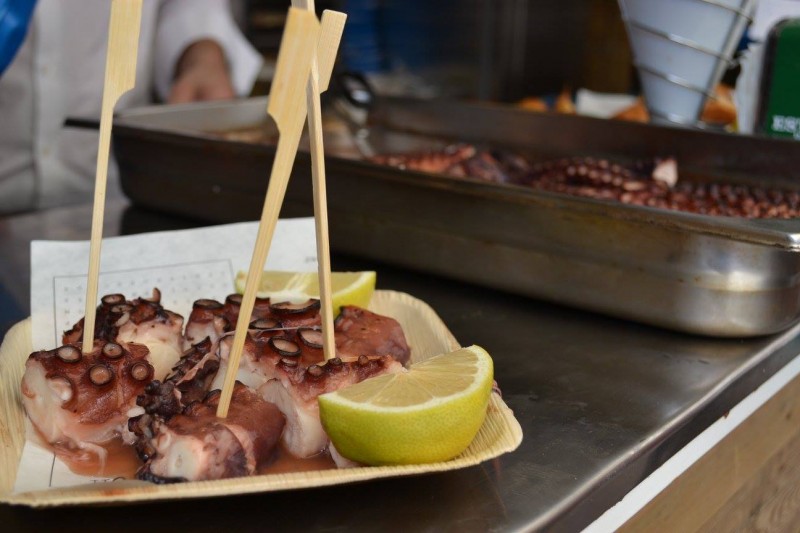
(Image from the Rin Ran market in El Palmar)
Pulpo al horno (baked octopus)
This version of octopus is arguably the more popular one in Murcia, and although it is basically similar to Pulpo a la gallega there are slight differences in both preparation and serving which can lead to heated arguments over which of the two is best!
The basics of cleaning and softening the meat of the octopus still apply as above, although those preparing to bake their octopus are less picky with regard to the three traditional short sharp scaldings which are a must in Galicia. Again freezing and thawing is a practical way of pre-softening the octopus, which is then boiled for 20 to 30 minutes in a pot, sometimes with a whole onion (peeled but not sliced).
After this, the octopus is transferred to the oven to complete its cooking, a process which may take around another half an hour but again this depends on the size of the octopus. The dish is ready when the whitish meat is succulent but neither too soft nor too chewy, and the skin a dark purple colour but not burnt.
Each tentacle is generally cut into far bigger chunks than in Pulpo a la gallega, around 2 or 3 centimetres long in the wider part of the tentacle and even longer at the thinner end.
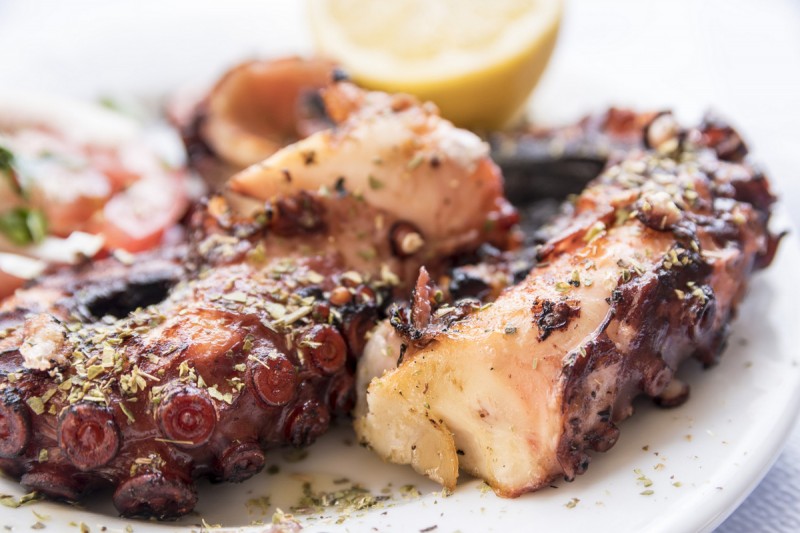
Serving suggestions are numerous, but in Murcia the most common appears to be with pepper, a little olive oil and a squeeze of fresh lemon juice. The natural sweetness of the meat is set off nicely by this combination, and other alternatives include boiled potatoes (cooked with white wine and laurel) and paprika, as with Pulpo a la gallega. Elsewhere a few Mediterranean herbs such as oregano and thyme are added along with the olive oil, sea salt and lemon juice, and more adventurous cooks find other typical mediterranean flavourings such as tomato and onion lend themselves to many variations of octopus.
Ther are of course many other ways to enjoy octopus, but if you want to try it as a tapa, the two versions above are the most regularly encountered.
Ordering your octopus
This might not seem a complicated process even for those whose knowledge of Spanish is limited, but it’s best to be aware of a couple of conventions!
Pulpo a la gallega is usually served as a plated dish, and it is customary to ask for a “ración” (portion), or a “ración de tapa” in order to make sure you don’t get too much. But Pulpo al horno is often left uncut in its large baking tray until ordered, so it’s necessary to specify how many “trozos” (or pieces) you want.
In general terms the advice is not to go overboard in ordering Pulpo al horno, as the cooking time and the cost of the main ingredient mean that this is not the cheapest tapa in the world! Ask for two or three pieces per person, and don’t be surprised to find that each piece might cost 1.50 or 2 euros!
Two final pieces of advice for octopus novices: firstly, try different dishes in different bars and restaurants, before deciding which variation is your own preferred one: and secondly, enjoy!
Cartagena
El Carmoli
Islas Menores and Mar de Cristal
La Manga Club
La Manga del Mar Menor
La Puebla
La Torre Golf Resort
La Union
Los Alcazares
Los Belones
Los Nietos
Los Urrutias
Mar Menor Golf Resort
Pilar de la Horadada
Playa Honda / Playa Paraiso
Portman
Roldan and Lo Ferro
San Javier
San Pedro del Pinatar
Santa Rosalia Lake and Life resort
Terrazas de la Torre Golf Resort
Torre Pacheco
Aledo
Alhama de Murcia
Bolnuevo
Camposol
Condado de Alhama
Fuente Alamo
Hacienda del Alamo Golf Resort
Lorca
Mazarron
Puerto de Mazarron
Puerto Lumbreras
Sierra Espuna
Totana
Abaran
Alcantarilla
Archena
Blanca
Corvera
El Valle Golf Resort
Hacienda Riquelme Golf Resort
Lorqui
Molina de Segura
Mosa Trajectum
Murcia City
Peraleja Golf Resort
Ricote
Sucina
Condado de Alhama
El Valle Golf Resort
Hacienda del Alamo Golf Resort
Hacienda Riquelme Golf Resort
Islas Menores and Mar de Cristal
La Manga Club
La Torre Golf Resort
Mar Menor Golf Resort
Mazarron Country Club
Mosa Trajectum
Peraleja Golf Resort
Santa Rosalia Lake and Life resort
Terrazas de la Torre Golf Resort
La Zenia
Lomas de Cabo Roig

CAMPOSOL TODAY Whats OnCartagena SpainCoronavirusCorvera Airport MurciaMurcia Gota Fria 2019Murcia property news generic threadWeekly Bulletin






